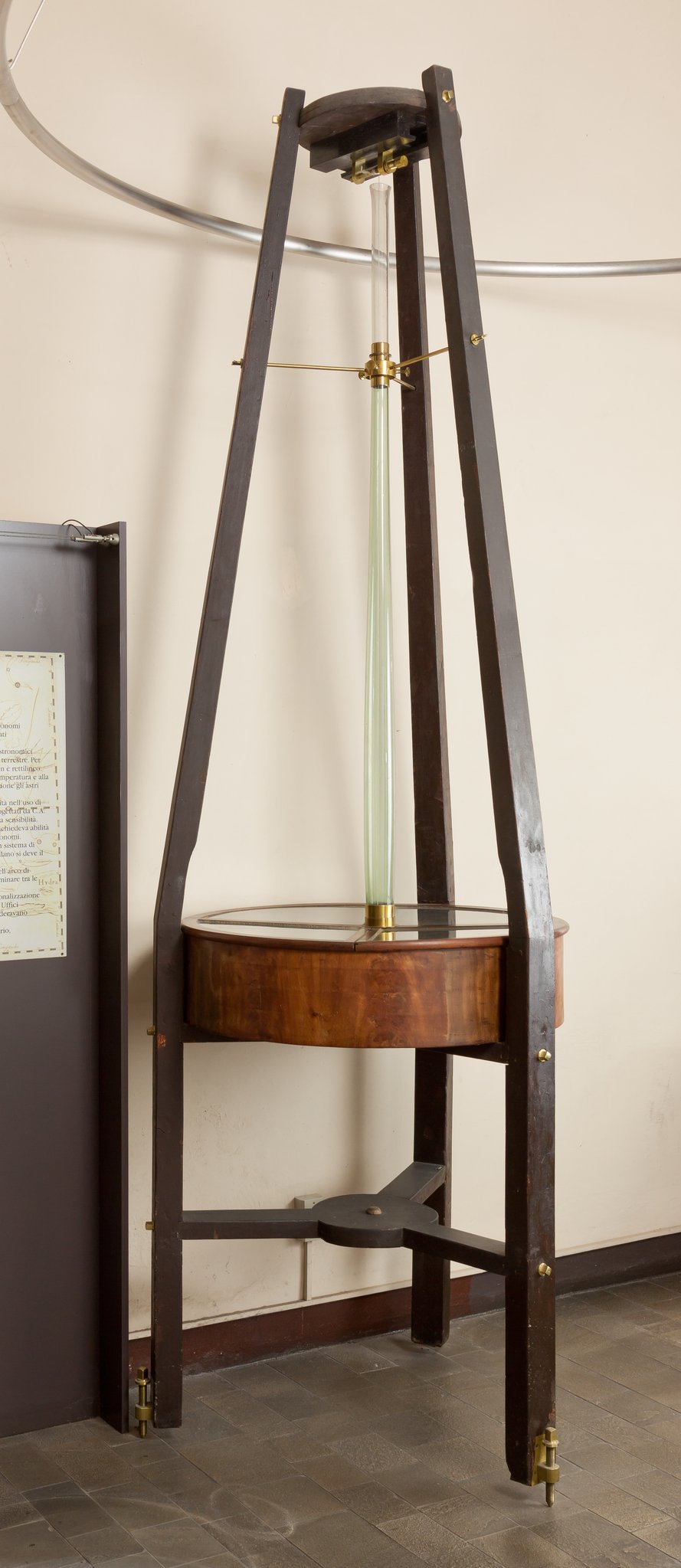
Magnetic fields are generated by electric currents. Just like many other celestial bodies, our planet has its own magnetic field, generated by the motions of the fluid outer core of the Earth, consequent to the Earth’s rotation on its axis.
The first studies of the Earth’s magnetic field date back to the 17th century, but a comprehensive theory of the electromagnetic effects was developed only in the first half of the 19th century.
The astronomers in Brera started to measure regularly the Earth’s magnetic field in 1830, since these data are relevant for geophysics, astronomy and practical applications (such as correctly setting the North for compasses).
In 1835, the german physicist and mathematician Karl Friedrich Gauss promoted an international campaign to measure possible temporal and geographic variations in the Earth’s magnetic field. It was a worldwide campaign that involved several institutions, including the Brera Astronomical Observatory, which for the occasion bought from the Wien Astronomical Observatory a device called declinometer or magnetometer, whose prototype had been developed by Gauss himself.
This instrument worked like a big compass, with a bar of magnetic iron instead of the needle. The bar was suspended with a thin silk thread inside a glass cylinder. A scale gave a precise measure of the bar’s orientation. The instrument gave the measure of the horizontal direction and the intensity of the magnetic field. To determine the inclination of the magnetic field relative to the horizontal plane, another instrument was needed, aptly called magnetic inclinometer. This instrument functioned, like the magnetometer, just like a compass, but the needle pivoted in a vertical rather than horizontal plane..
Astronomers invested time and effort in Gauss’ campaign, because they could use the data to investigate possible relations between the Earth’s magnetic field and astronomical phenomena. For example, one of the most important results from this campaign was the proof of a correlation between the 11-year solar activity cycle and the variations in our planet’s magnetic field.
During the campaign, measurements were taken several times a day, every day. The campaign ended in 1845, but data continued to collected until 1922, when the electromagnetic noise caused by the growing urbanization around the Observatory prevented further reliable measurements.
